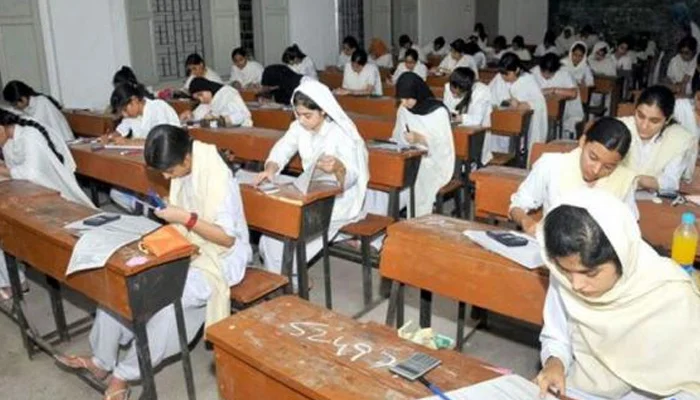Sindh Government New Grading System for Matric & Inter Level

The Sindh government has officially introduced a new grading system for matriculation and intermediate classes. With the announcement of this policy, Sindh becomes the first province in Pakistan to approve such a shift. The policy, effective from 2025, will be implemented across government and private schools, as well as educational boards. Under this system, students will receive grades instead of traditional marks and positions. the students can get the latest updates of Sindh Government New Grading System for Matric & Inter Levels.
Elimination of Top Positions
One of the key features of the new grading system is the removal of first, second, and third positions. Previously, educational boards would announce the names of students who topped the exams. Now, with the new policy in place, students will no longer be ranked based on their scores, and they will receive grades alone. Unlike Sindh, other provinces such as Punjab, Khyber Pakhtunkhwa KPK, and Balochistan have not yet adopted a similar grading system.
Grading Scale Introduced by IBCC
The Inter Board Committee of Chairmen IBCC has developed a comprehensive grading scale to accompany the new system. Under this scale, students scoring 95% or higher will receive an "Exceptional A" grade. Those achieving 90% will be awarded an "Excellent A" grade, while students with 85% marks will earn a "Best A" grade.
Breakdown of Other Grades
Students scoring 80% will receive a "Very Good B" grade, while a score of 75% will result in a "Good B" grade. A "Suitably Good B" grade will be given to students achieving 70%. Those scoring between 60% and 69% will receive an "Above Average C" grade.
Lower Grades and Failing Marks
For students scoring 50%, an "Average D" grade will be awarded. Scores ranging from 40% to 49% will result in a "Below Average E" grade. Finally, students who score below 40% will receive an "Unsatisfactory F" grade, indicating failure in the examination.<















